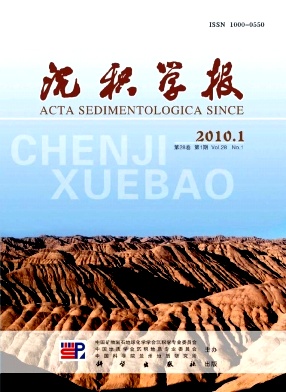Identification and Evolution of Mass Transport Complexes and Its Significance for Oil and Gas Exploration
- Received Date: 1900-01-01
- Rev Recd Date: 1900-01-01
- Publish Date: 2010-02-10
-
Key words:
- gravity flow
Abstract: Research on Mass transport complexes (MTCs) can help disclosure the distribution and evolution of gravity flow sediments, especially for reservoir predicting and reservoirseal evaluating in deepwater exploration. In this paper, high quality 3D seismic data are used to study seismic characters and evolution of the MTCs. There are three main conclusions from this research. (1) MTCs are characterized by low amplitude, chaotic, mounded seismic facies, fanlike geometry and linear basal scours;(2)They are commonly embedded in a cyclic stratigraphic succession that is composed of leveechannel complexes and hemipelagic drapes.(3)Remnants of these complexs are formed by the erosive power of mass transport from older turbidite deposits.The remnants with portions of older turbidite sediments can form potential stratigraphic traps for deepwater deposits. Although the MTCs themselves may not prove viable reservoirs, the accuracy of reservoir predicting in deepwater turbidite channels can be improved from the identification of MTCs. Various erosive processes and subsequent stratigraphic relationships surrounding mass transport deposits development may have provided the opportunities for stratigraphic trapping.
| Citation: | LI Lei. Identification and Evolution of Mass Transport Complexes and Its Significance for Oil and Gas Exploration[J]. Acta Sedimentologica Sinica, 2010, 28(1): 76-82. |






 DownLoad:
DownLoad: